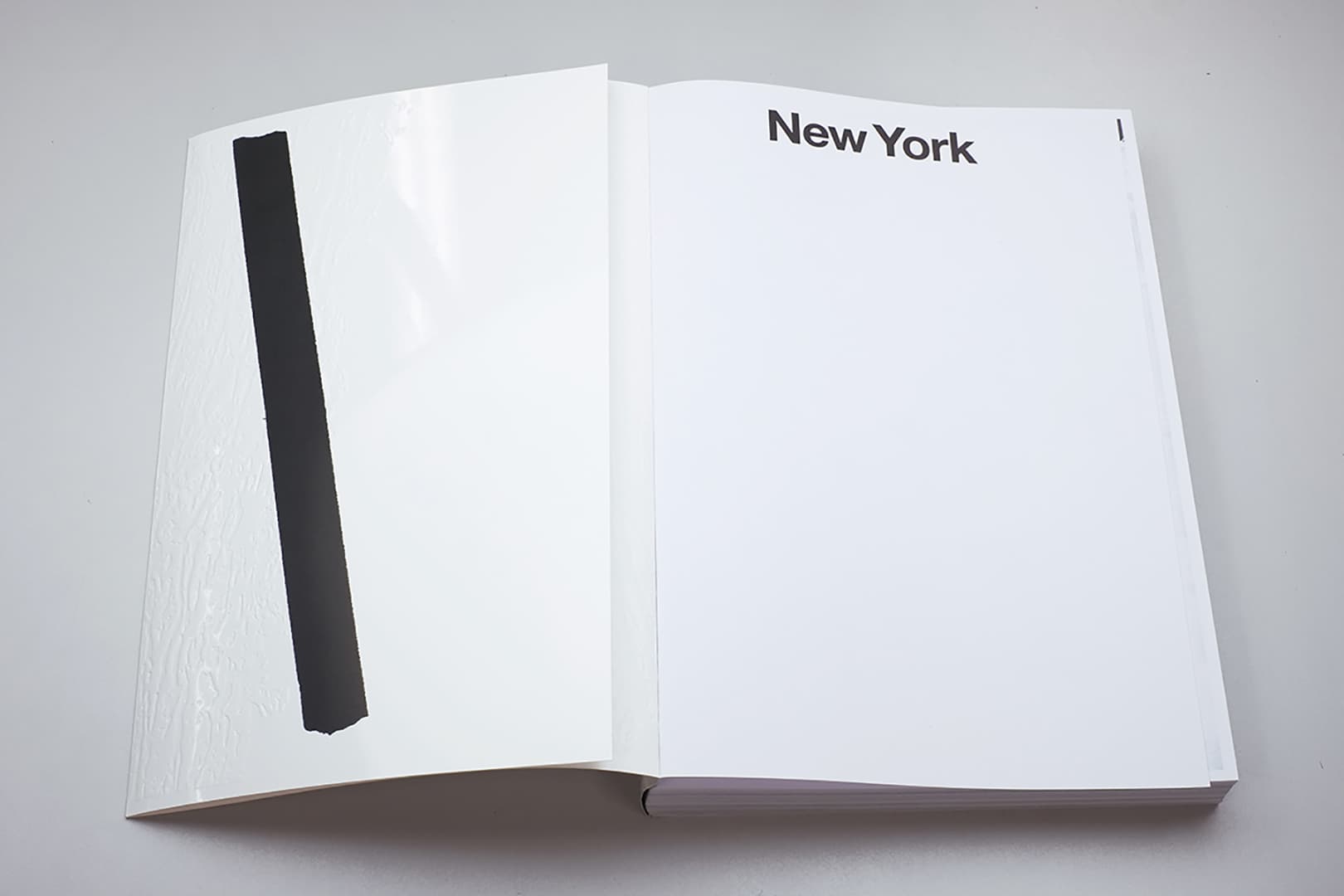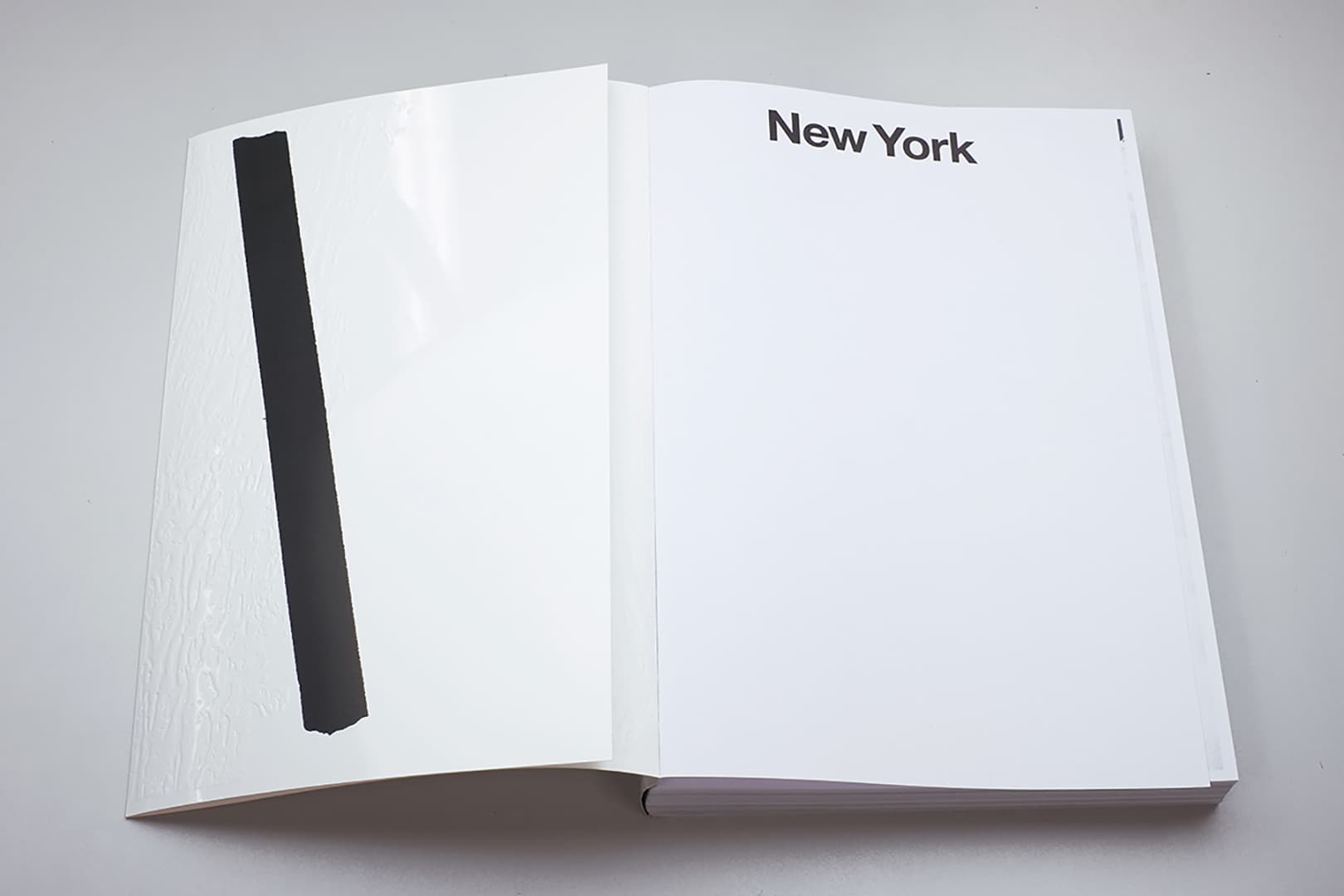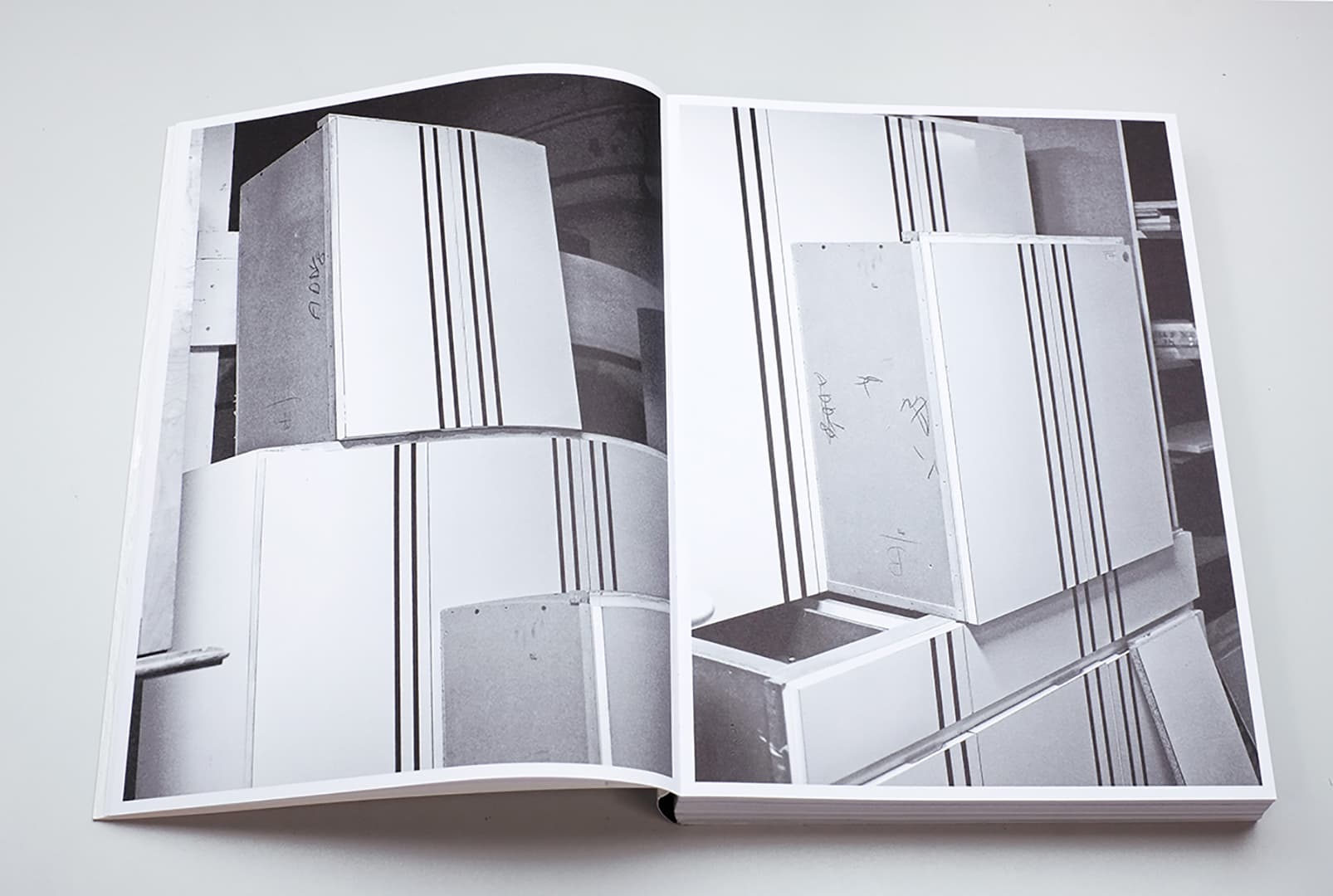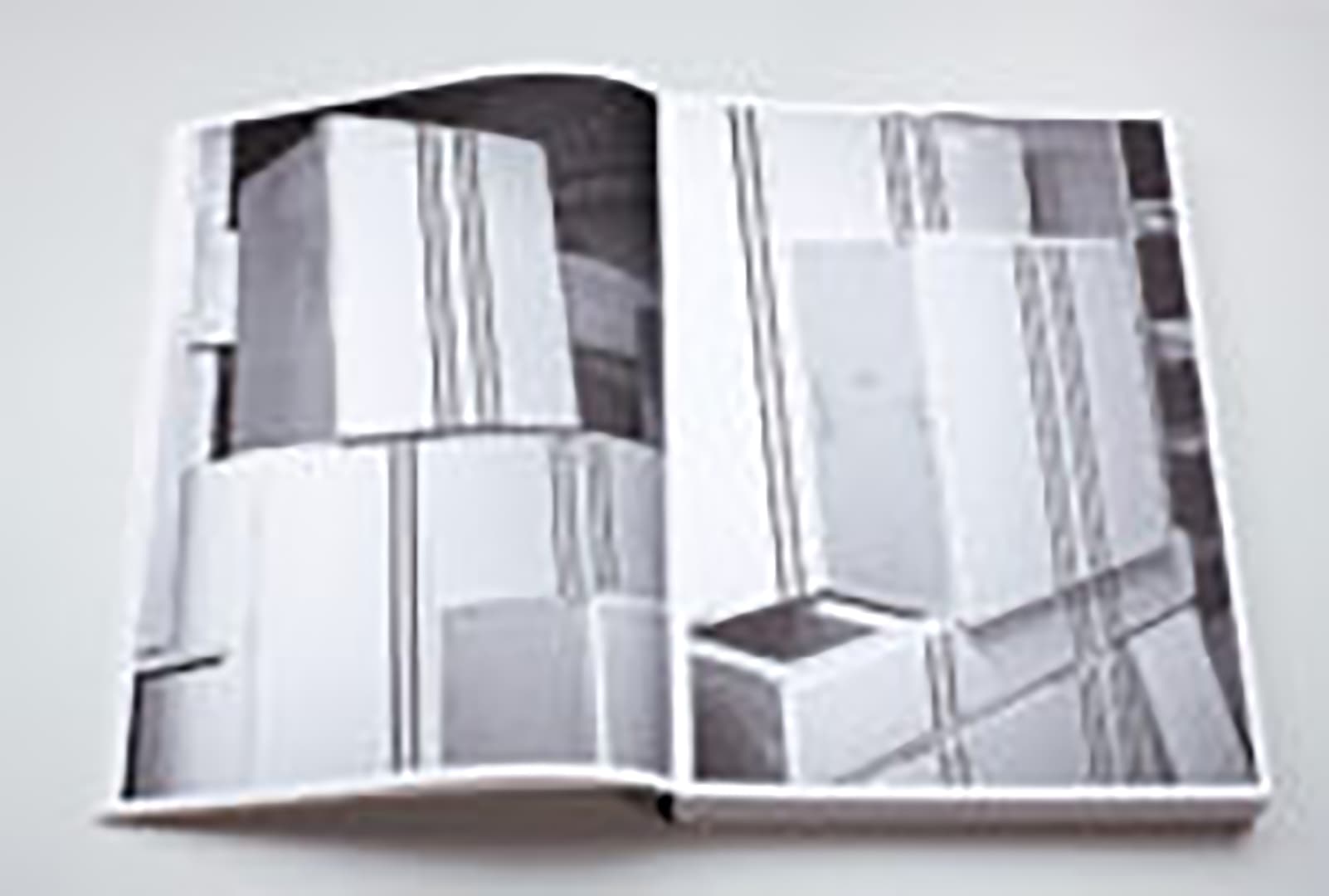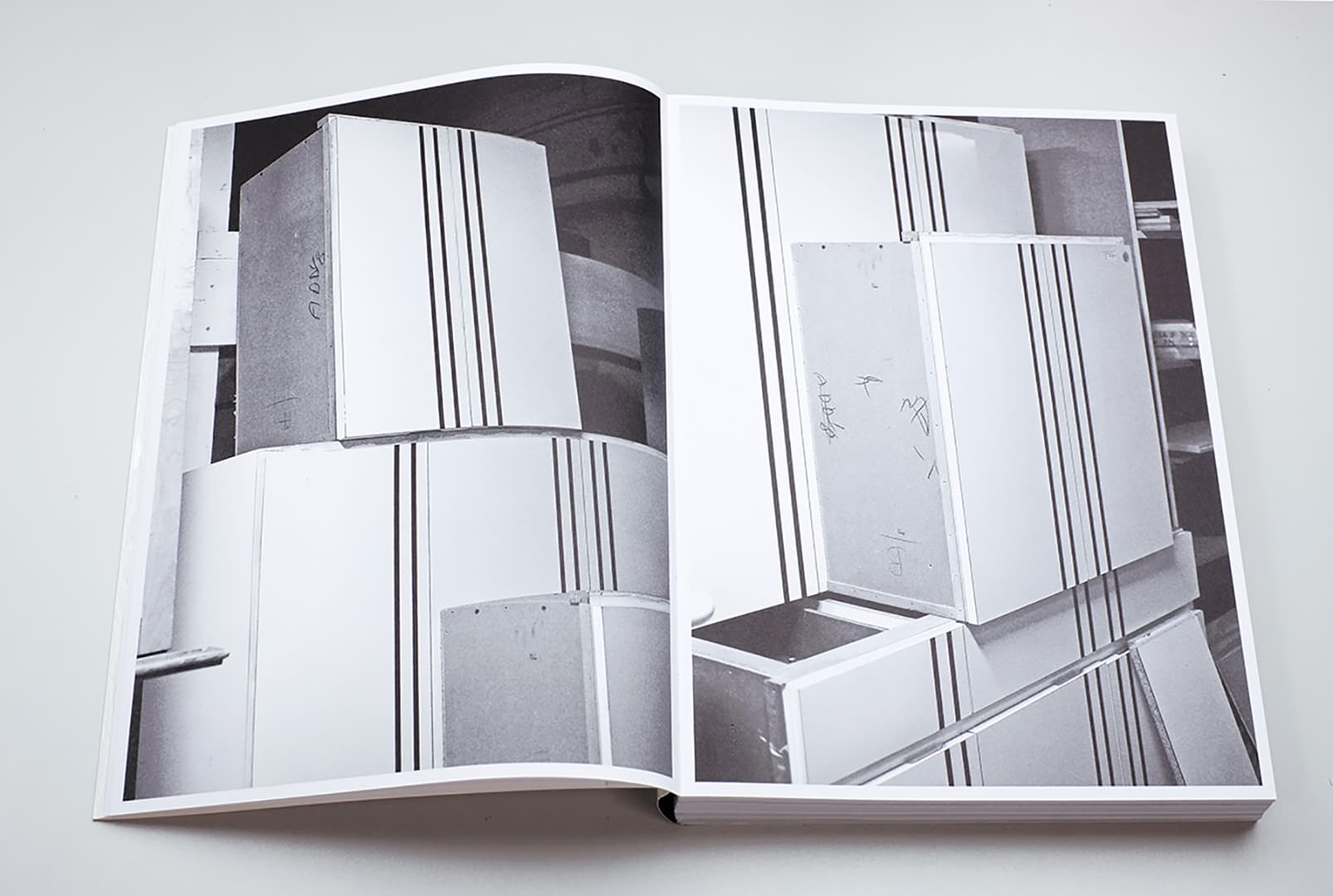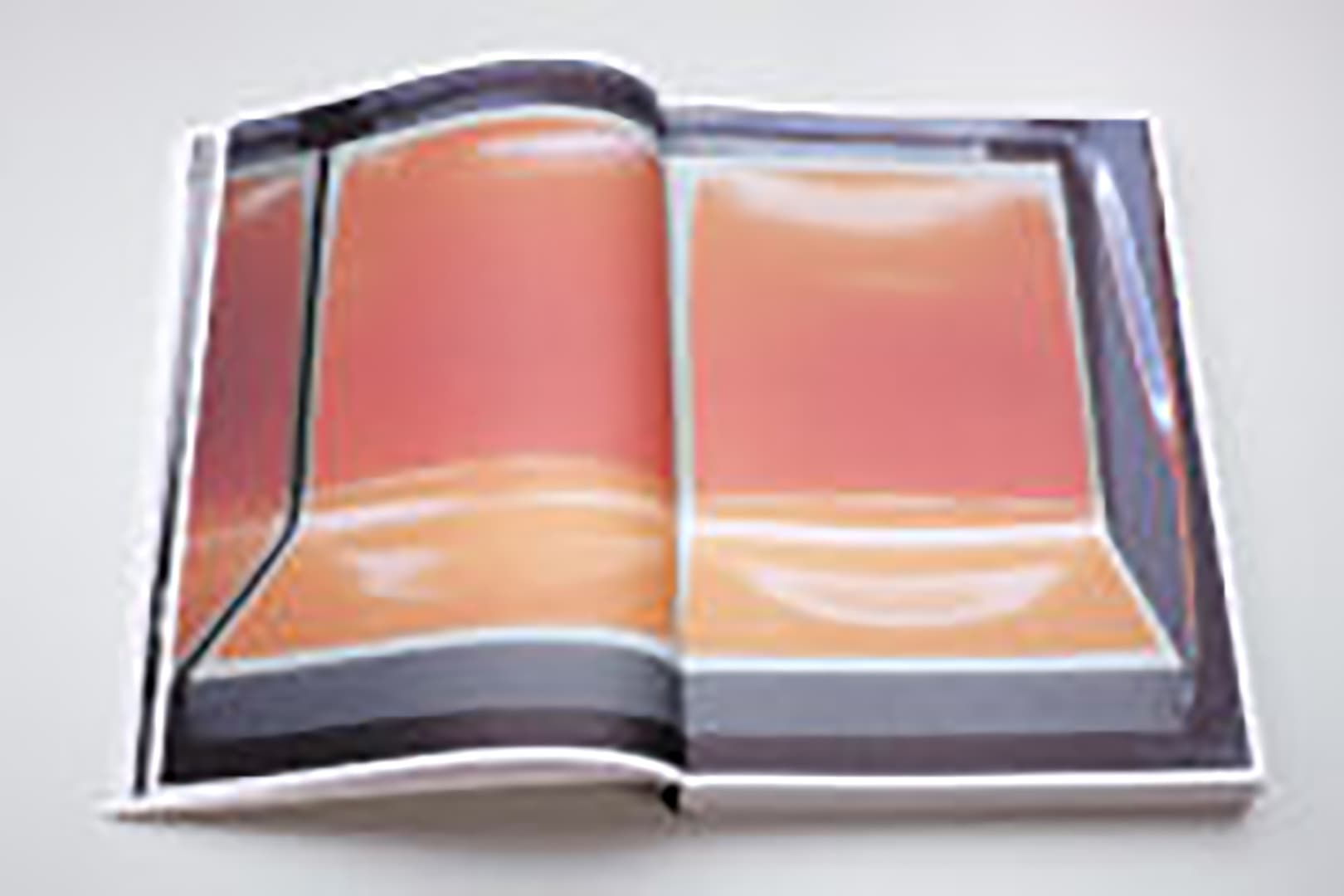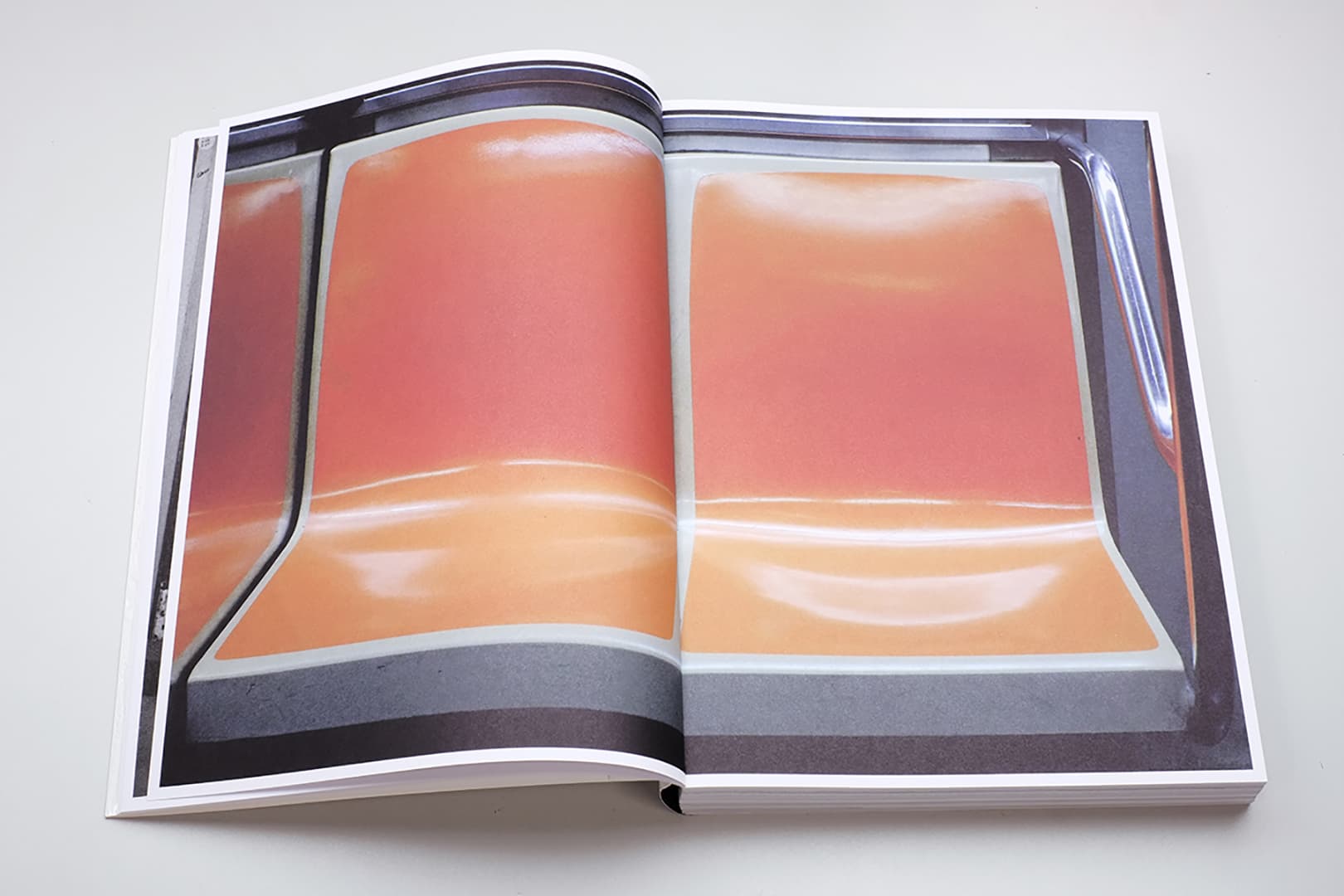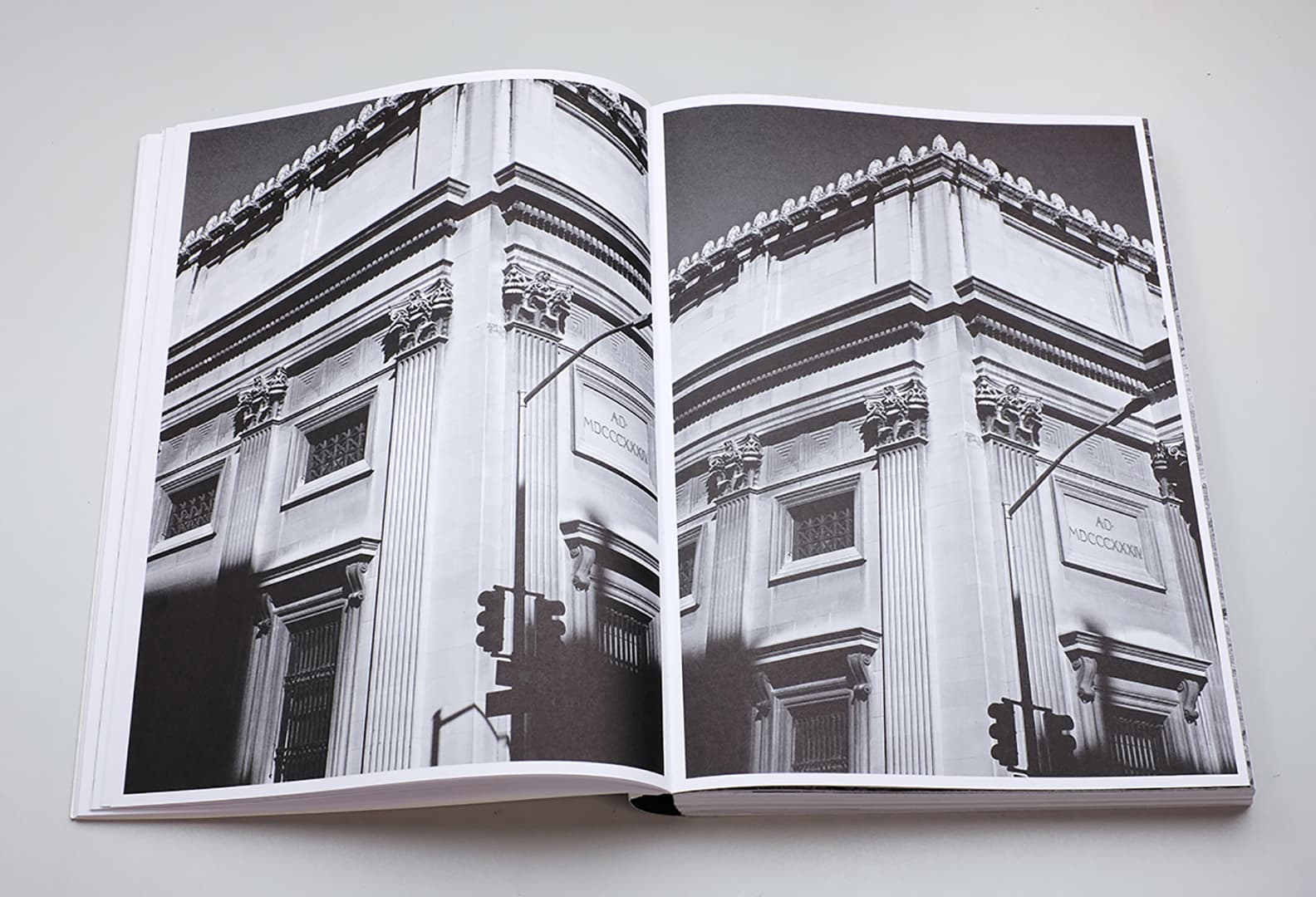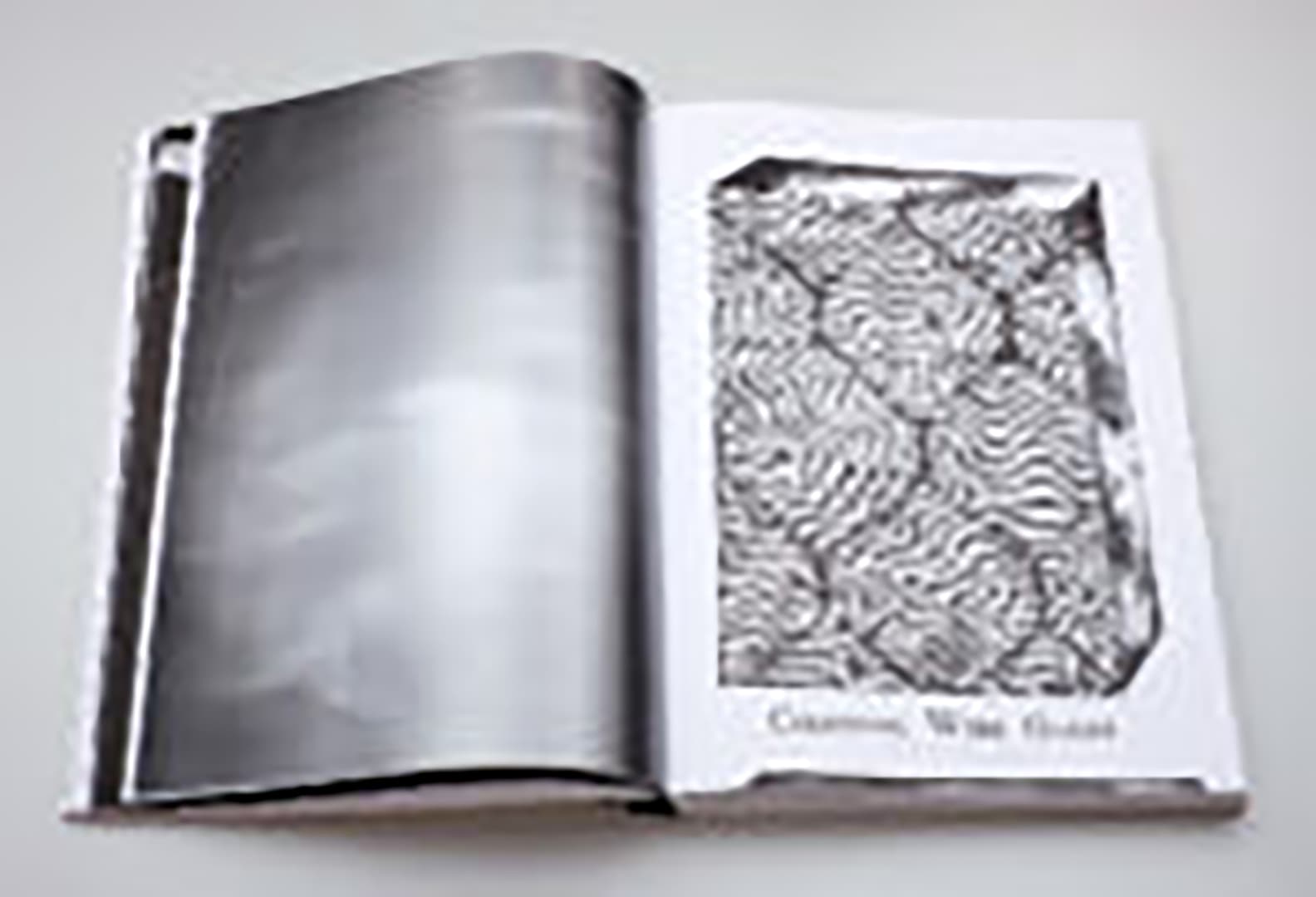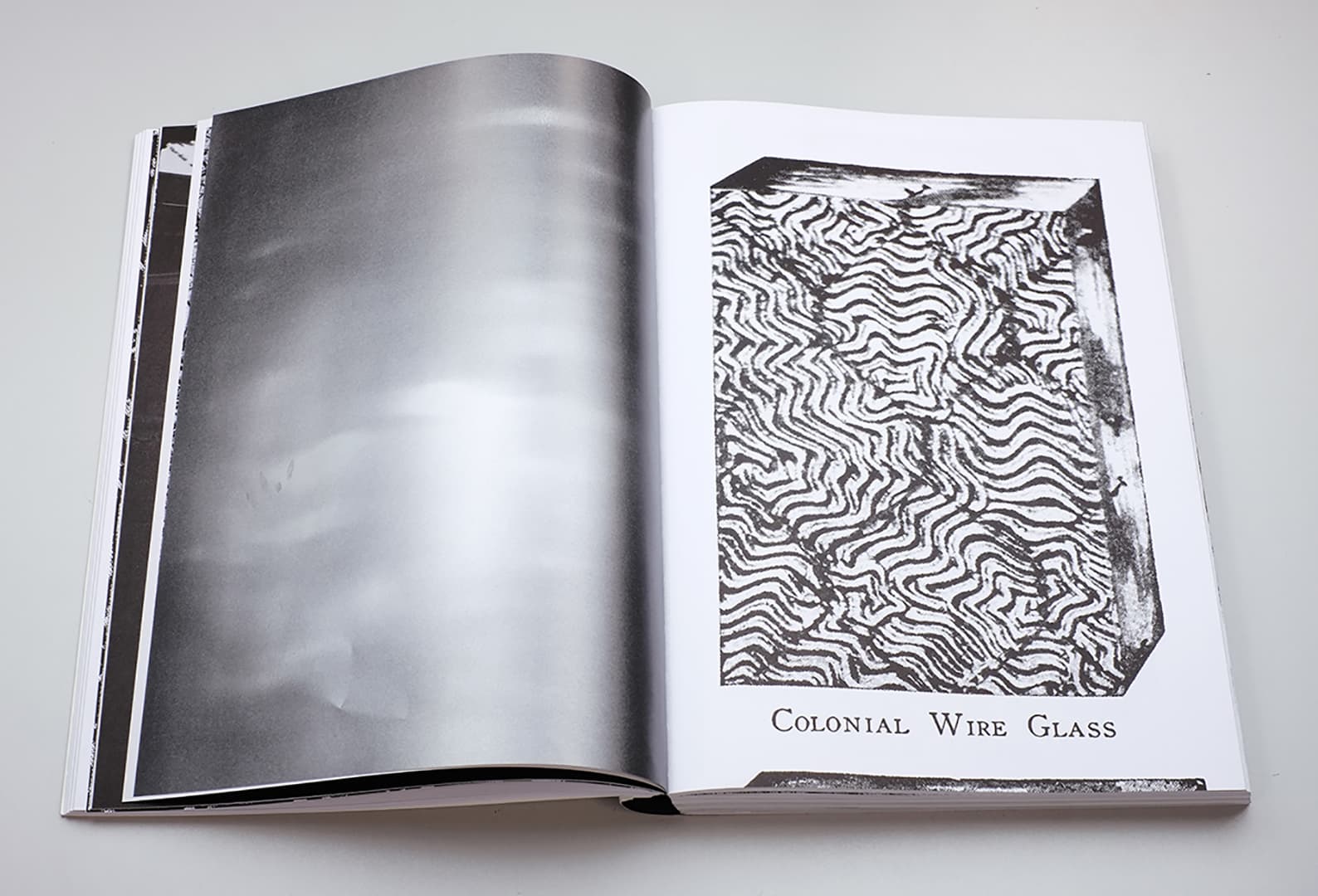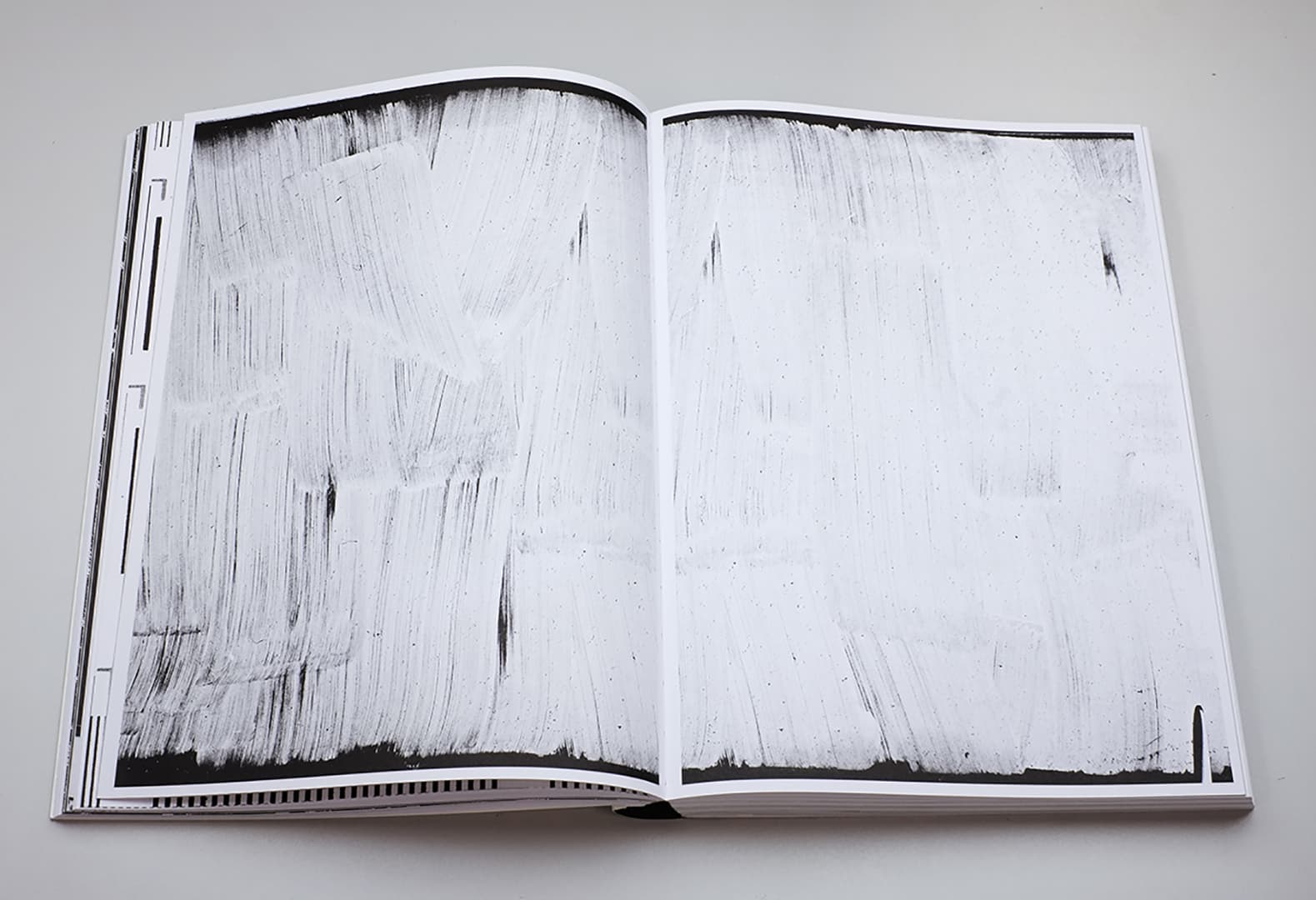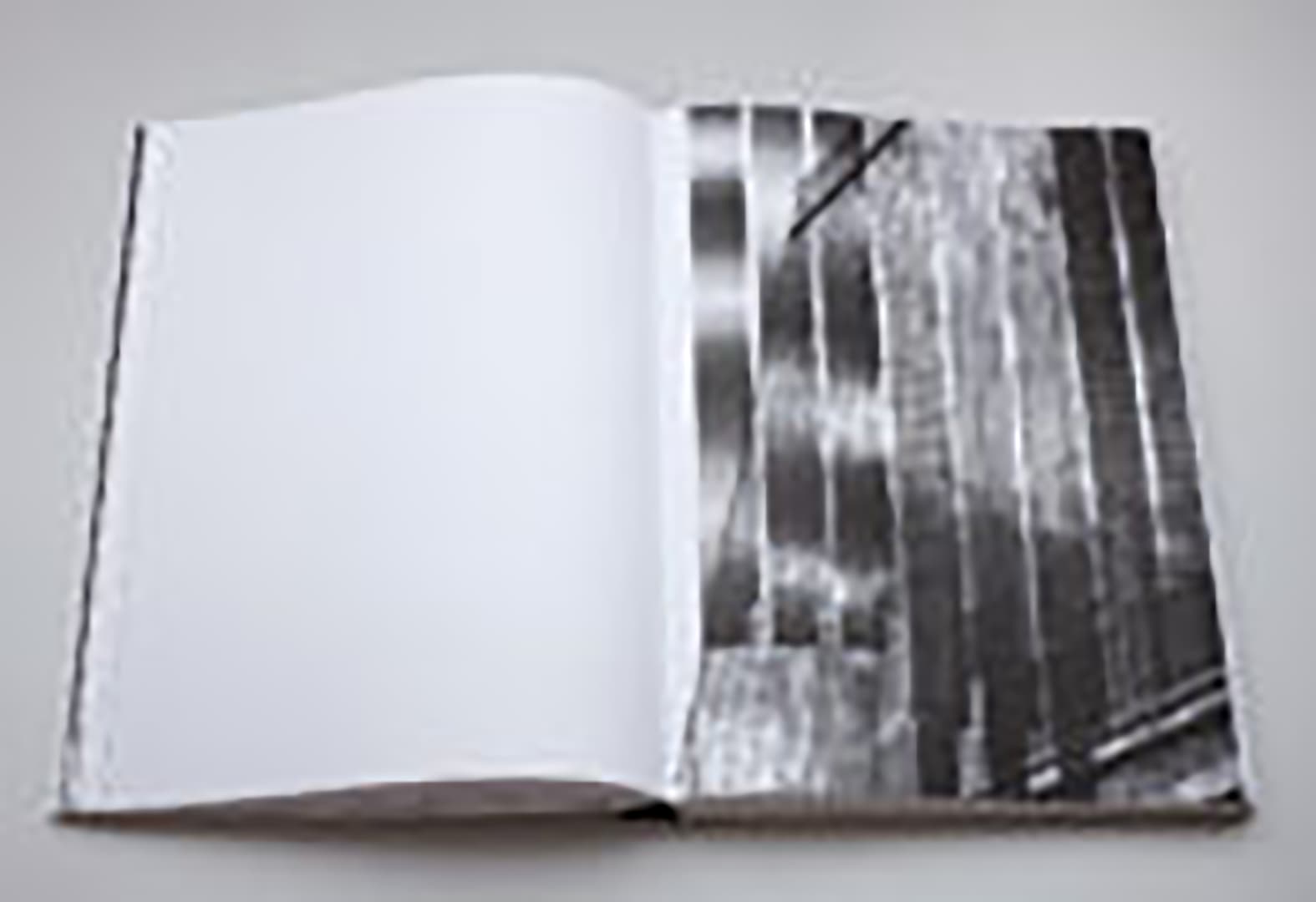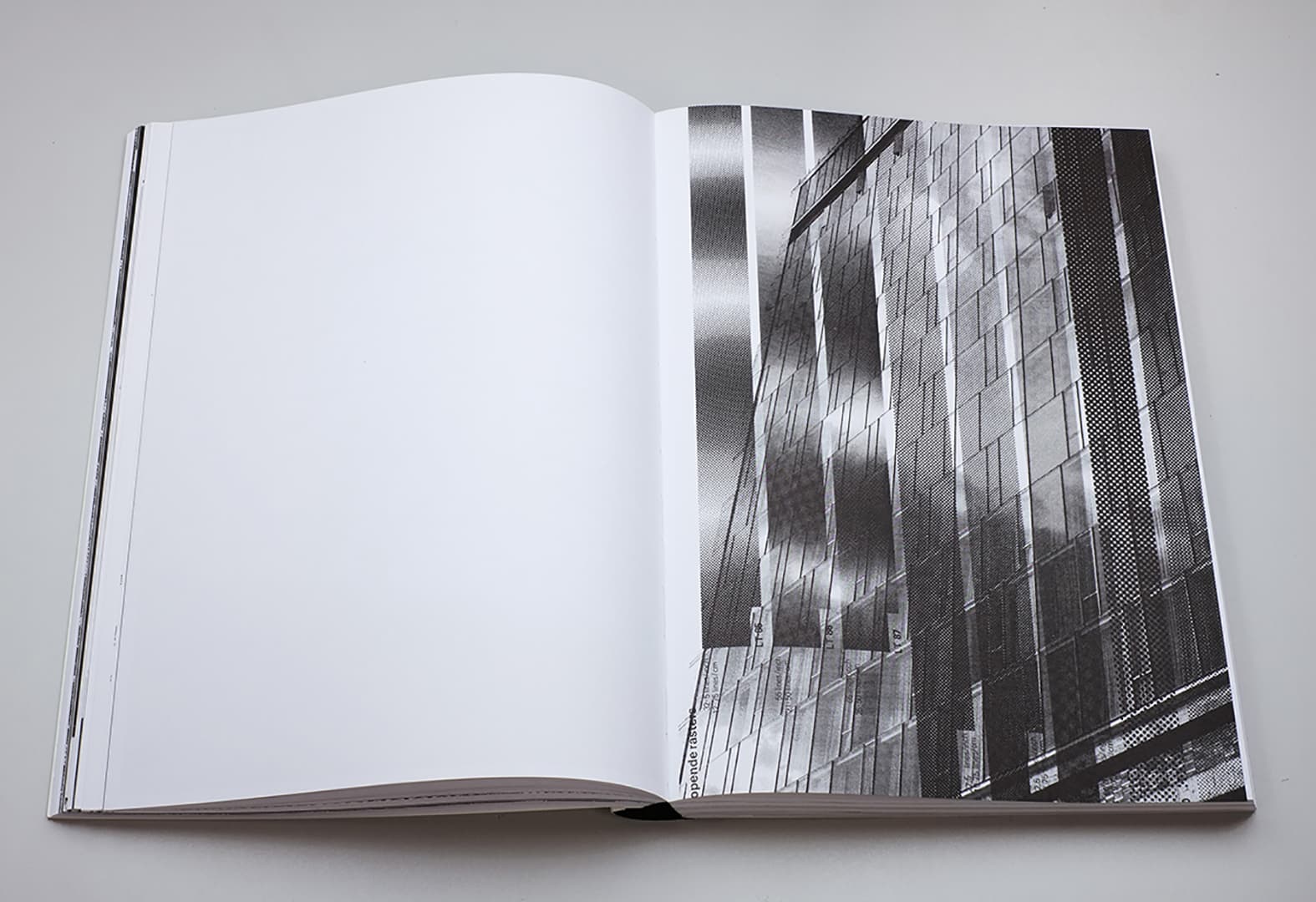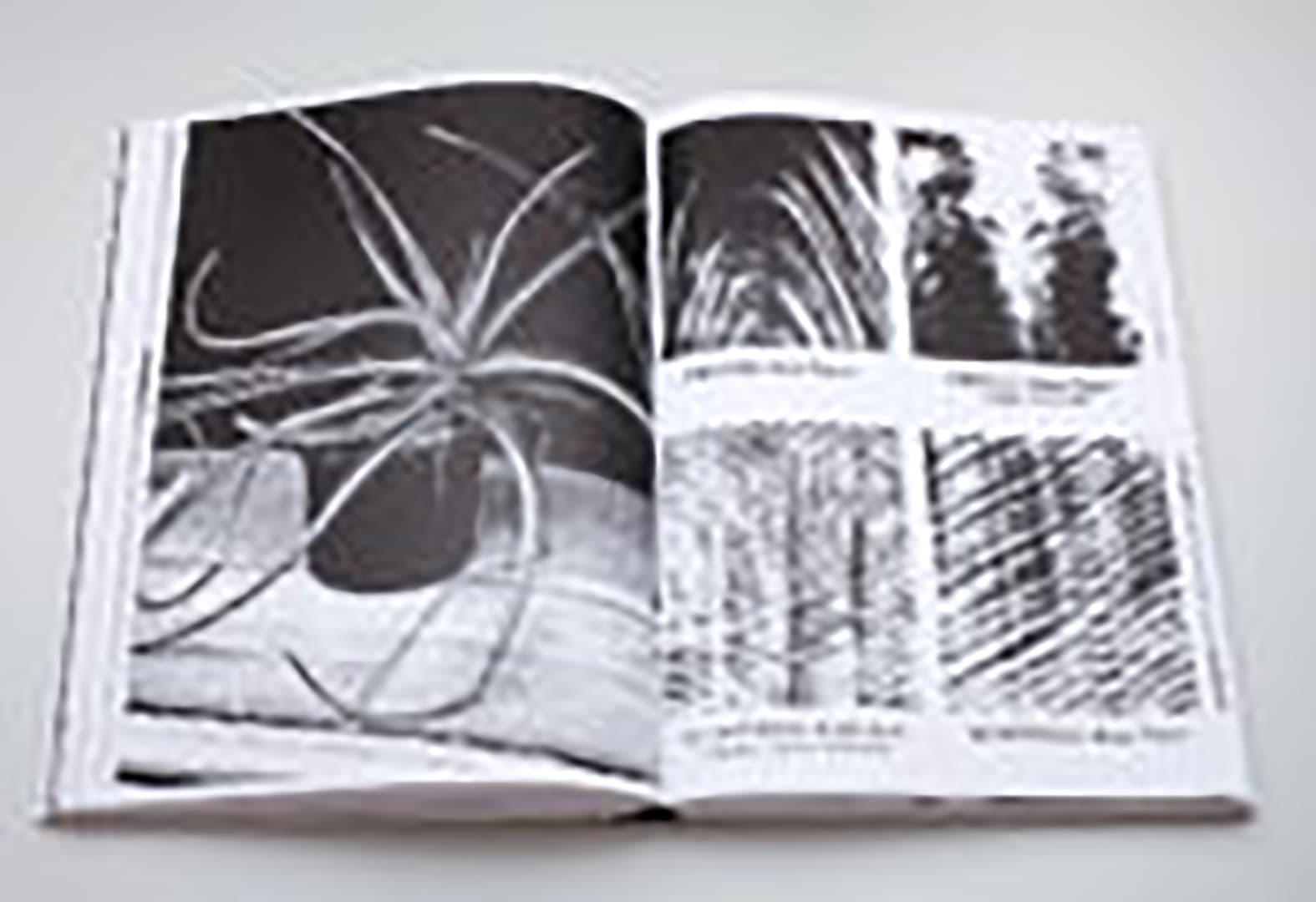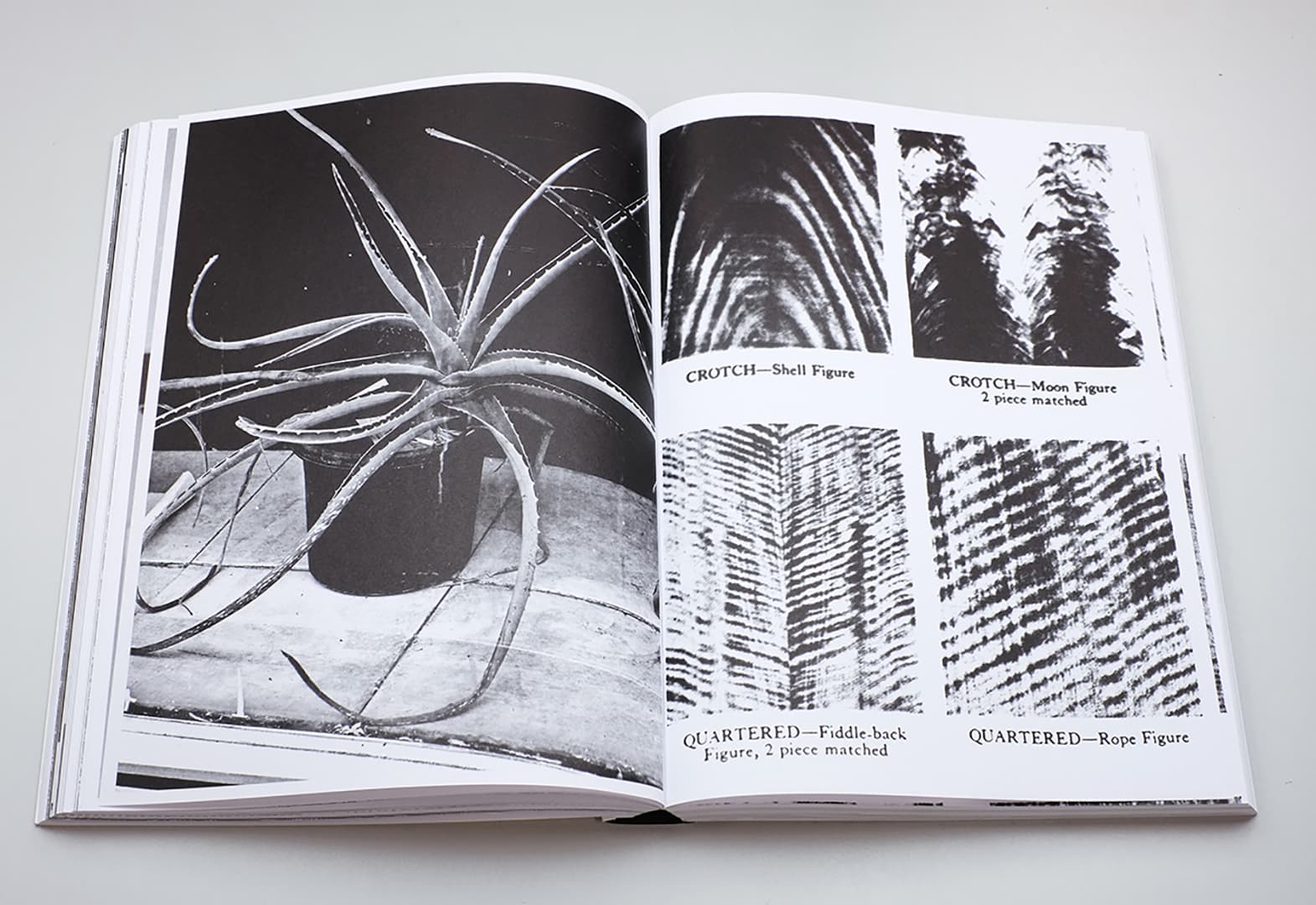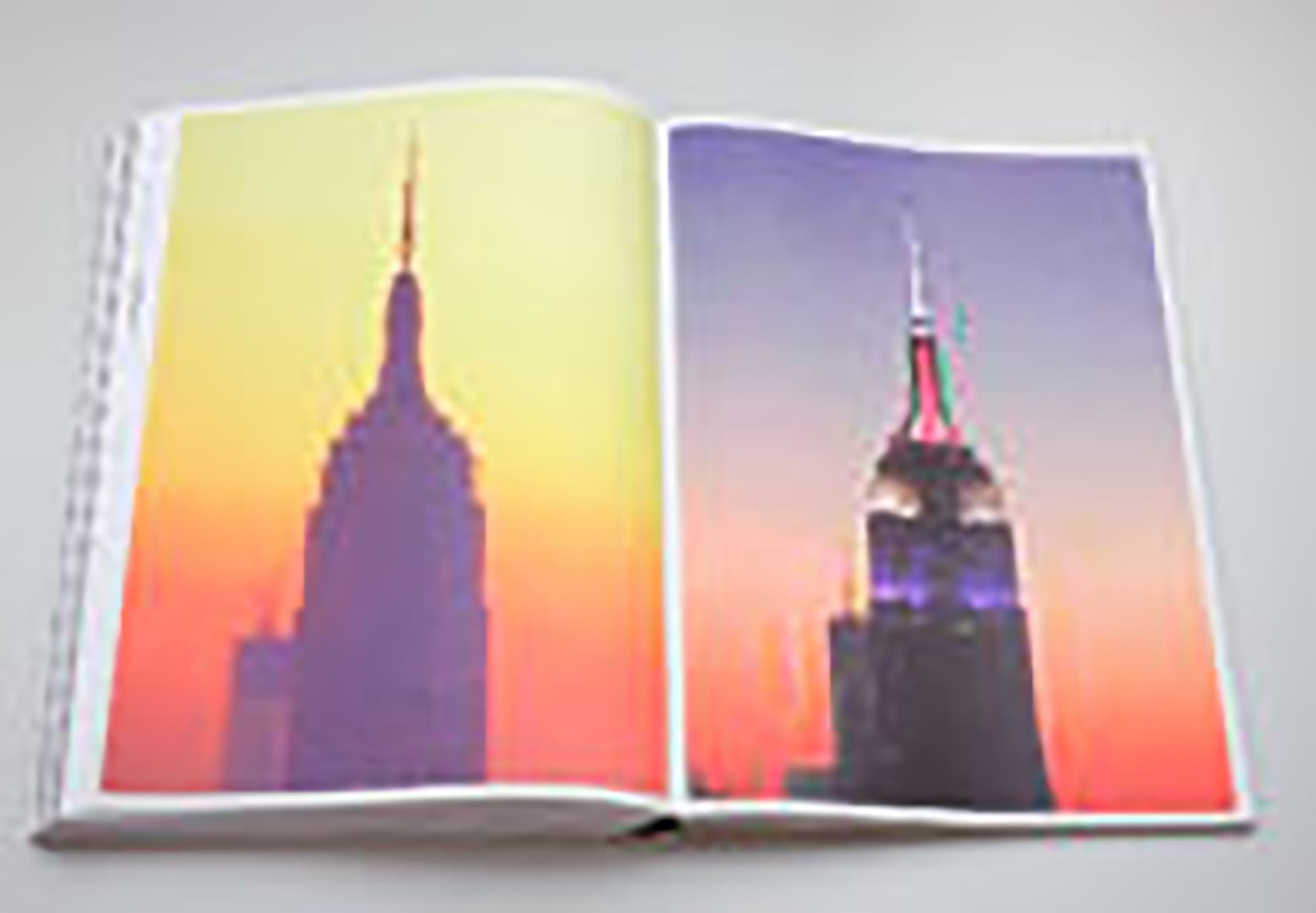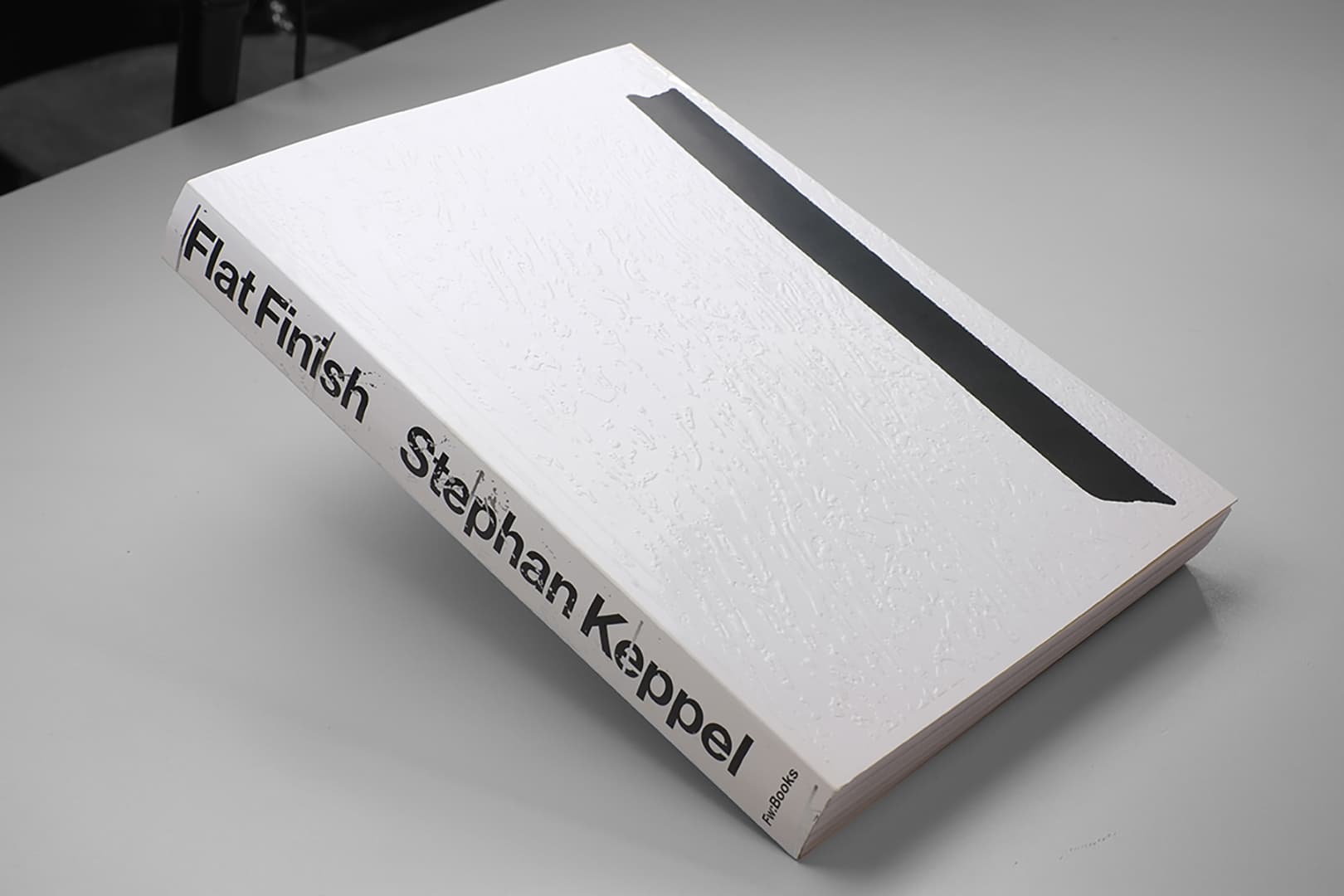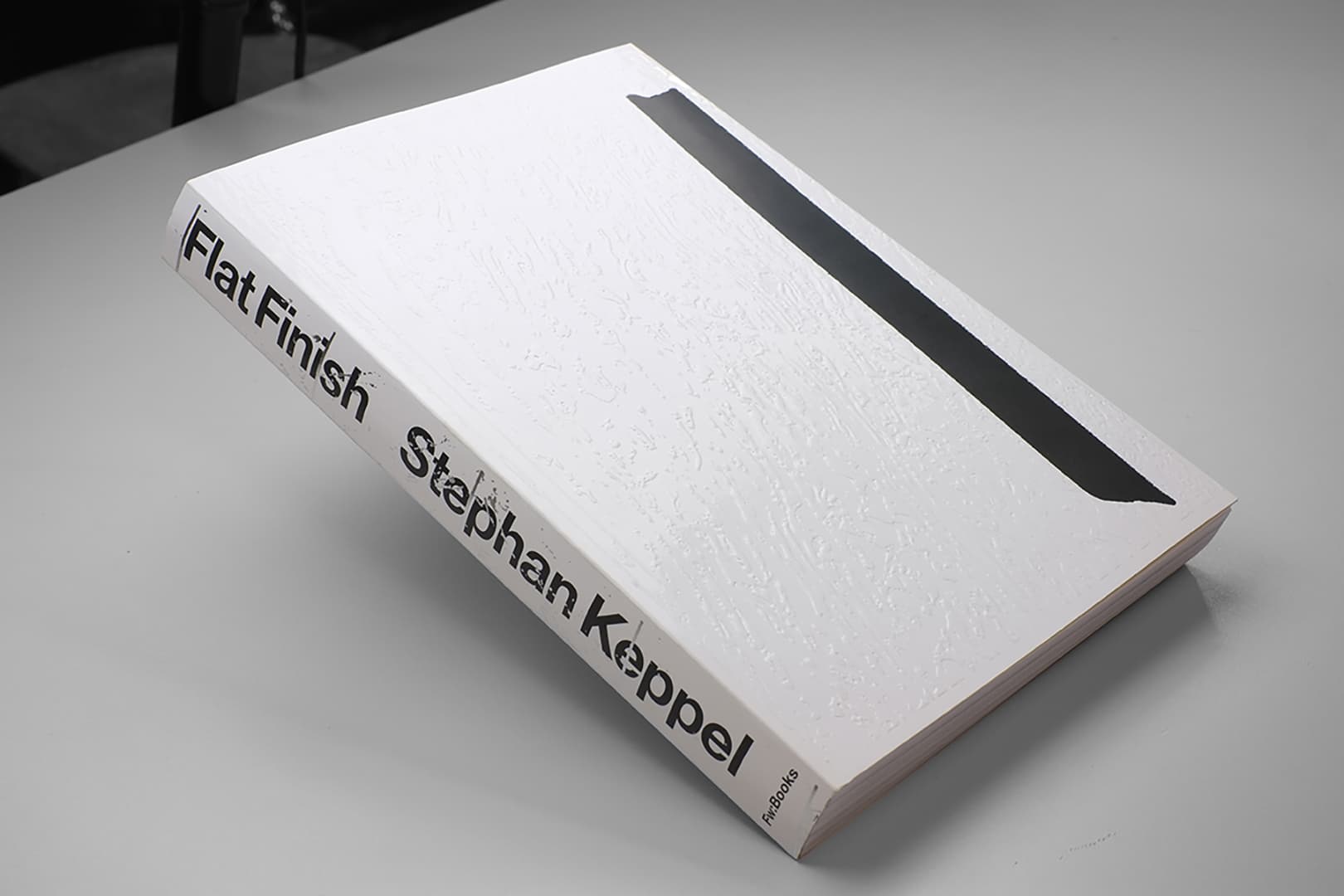First and foremost, photographs describe surfaces. Although lingering on texture and tonal gradations, their meanings always extend, expand, and multiply beyond what they show and the surfaces to which they attend. Yet how does a photograph describe the surface of New York City? The human drama, vitality, and contradictions of the city have long attracted photographers as subject matter, but perhaps these are mere distractions. Perhaps the real story is closer at hand and lies in the surfaces that surround us, within arm's reach, under our feet, buried underground. What if New York City could be reduced to a database of materials? How would the buildings appear disassembled and recorded 'materials stacked high, a contractor's catalog of sheetrock, stone, metal, and wood' scrambled and stripped bare?
The photographer and artist Stephan Keppel has long been interested in the ways photographs record the built world; how images can multiply and change as reproductions, appearing as prints, recorded again as images, and printed back in books. While this cyclical process lies at the heart of Keppel's work, he's principally interested in the materiality of cities and the urban environment. 'Flat Finish' is the latest example of such work and completes what might be seen as a trilogy of books that include 'Reprinting the City' and 'Entre Entree' (all put out by the Dutch publisher FW:Books).
Whereas these previous books focused on the Dutch harbor city of Den Helder and Paris, France,'Flat Finish' focuses on New York City. Like his previous books, 'Flat Finish' is composed almost entirely of black-and-white images and includes a wide assortment of photographs of urban details from variegated marble facades and chipped subway walls to details of cracked stucco and decorative columns. Though recognizable structures appear, like the brief sequence of brightly-colored and pixelated Empire State buildings (an homage to Warhol's Empire) or the image of the MTA's slowly disappearing orange plastic benches, an identifiable city is hard to find. For the most part, 'Flat Finish' is a fast-paced compendium of rock, paint, and metal.
Added to the voluminous mix are appropriated images from various online sources and places such as the archives of the Canadian Centre for Architecture (CCA) in Montreal, where Keppel conducted research while making the book. Re-photographed or scanned, architectural drawings and paint swatches appear alongside the images pointing to the building blocks and design of those same urban spaces. Exploring both the city's facade and shrouded interior, the work penetrates and encircles the metropolis, presenting a dizzying array of images that scrutinize the city's surface from top to bottom, at a remove and up close. At times, we rise up and see a park from above, but mostly we're in the thick of it, pressed up against walls or on our hands and knees gazing at the sidewalk. Just as the individual components of a building are unremarkable but coalesce into something concrete, the images that make up 'Flat Finish' only truly adhere in their book form. Certain images stand out, but it is their volume and Keppel's attentive, process-rich practice that commands our attention and elevates the otherwise quotidian subject matter.
Like the humble materials Keppel often photographs, his images are constantly recycled and repurposed. A photograph can be presented as is, printed and re-photographed, photographed in situ in a studio or coming out of a printer, or simply photocopied. Each iteration is then ultimately offset printed again in the book.'Flat Finish' also incorporates various different papers and an assortment of metallic and fluorescent inks to further dramatize the varied surfaces of the images, drawing us into rich matte blacks or allowing our eyes to slide across a glossy sheen. Regardless of the presentation, these repurposed images function as building blocks for Keppel's own metropolis while also pointing to the regenerative and iterative process of both the built world and Keppel's image-making.
These same processes also guide and shape the sequencing and organization of the massive 400-page book. Rather than provide a narrative or tour of the city, the book cycles through a range of possibilities, moving from formal juxtapositions to material or design relationships: a paint swatch leads to a painted wall, a mass of crumbled debris reforms into sheet rock, and a whitewashed window redirects our eyes upwards to the clouds and then back down to similarly patterned white marble. Nearly twice the size of Keppel's previous books,'Flat Finish' at times seems on the verge of collapsing under the weight of its numerous images, yet never does. The book ends with two images of surf. One dark and hazy, but still legible, and the last darker still. Like many images before it, the final image appears photocopied, its tonal levels condensed to pure black and white, breaking apart, ready to be reassembled.
Given the the variety of ways Keppel processes and sources his images, it should come as no surprise that many of these 'New York' images are not of the city at all. In fact, many of the images were made on the New York set of Paramount Pictures in Los Angeles. While the book includes a sequence of the iconic Empire State Building, this is not a traditional book about New York City, nor does it pretend to be. Instead, Keppel presents his own version of the city, redrawn, rebuilt, and disassembled.
Like many modern cities, New York is constantly being rebuilt. Cheap condos arise from the rubble of once storied buildings. Materials are salvaged from one building only to be discarded, sold for scrap, or put to new use. Perhaps what is key is not the lost social institutions and redrawn patterns of urban life that emerge in this transition, but the constantly shuffling materiality of the city. While Keppel's vision of New York is chaotic and disorienting (and notably free of people), it places us squarely in the eye of the storm. Looking up, down, and all around, the materiality of the city surrounds us. It lies firmly in our grasp. How we choose to reassemble the parts is up to us.
Adam Bell, Brooklyn Rail

